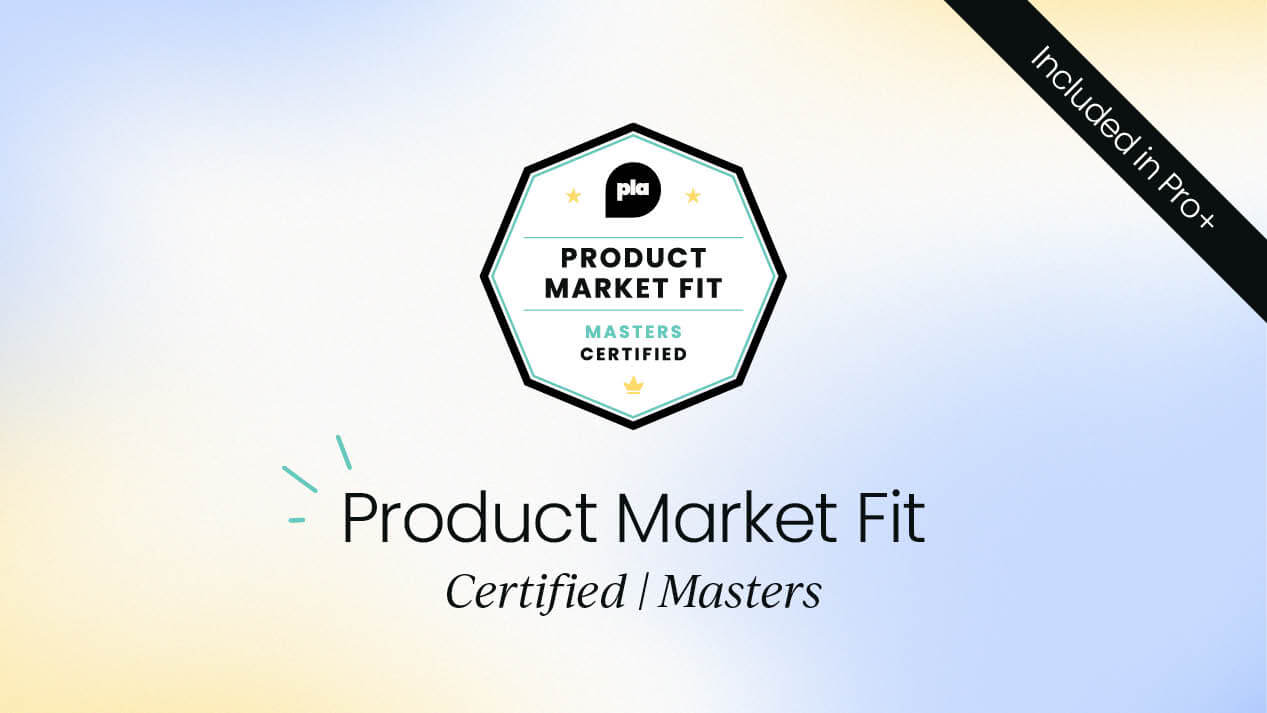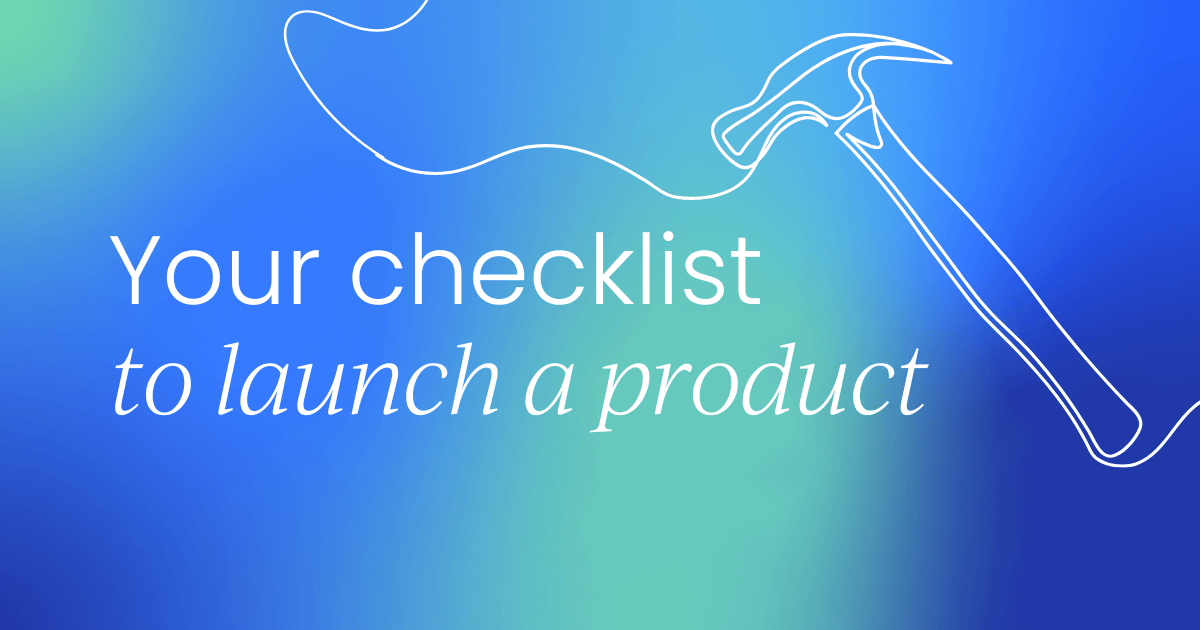Launching a product is an exciting, nerve-wracking, and sometimes chaotic experience. A well-executed product launch isn’t just about hitting “publish” and hoping for the best. It requires careful planning, market research, and coordination across teams.
To help you navigate this journey, we’ve put together a comprehensive checklist to launch your product successfully.
Phase 1: Market research & validation
Before investing time and resources, ensure your product solves a real problem and has a clear audience.
Define your target audience: Who is your product for? Create user personas that outline demographics, pain points, goals, and behaviors.
Validate the problem: Conduct customer interviews, run surveys, or analyze existing data to confirm demand for your solution.
Analyze competitors: Research direct and indirect competitors. What do they offer? What gaps can your product fill?
Test your idea: Consider running a small pilot program or MVP (Minimum Viable Product) before going all-in.
Example: Dropbox famously launched with just a simple explainer video and a waitlist to gauge interest before building the full product.
Phase 2: Product development and readiness
Once you’ve validated your idea, it's time to build a solid product.
Develop an MVP: Focus on must-have features that solve the core problem effectively. Avoid feature creep.
Ensure product stability: Conduct rigorous testing—QA, usability tests, beta testing—to catch bugs before launch.
Optimize User Experience (UX): A confusing product won’t retain users. Ensure smooth onboarding and easy navigation.
Security and compliance: If your product handles sensitive data, confirm it complies with necessary regulations (GDPR, HIPAA, etc.).
Example: Slack beta-tested its product internally for months before inviting teams from other companies, ensuring a polished user experience.
Phase 3: Marketing and positioning
A great product won’t sell itself. You need a strong marketing and positioning strategy.
Craft a clear value proposition: In one sentence, explain why your product matters. Use simple, compelling language.
Create pre-launch buzz: Build an email list, tease features on social media, and offer early access sign-ups.
Develop a launch narrative: Why did you create this product? What problem does it solve? Storytelling builds emotional connections.
Prepare marketing assets:
- Website/Landing Page
- Blog Announcements
- Social Media Posts & Ads
- Product Demo Videos
- Press Releases
Build a Go-to-Market strategy: Decide how you'll launch—via an exclusive beta, a full public release, or partnerships.
Example: Notion used invite-only access and word-of-mouth marketing to build hype before fully launching.
Phase 4: Sales and distribution
Your distribution strategy will determine how your product reaches users.
Select a distribution channel: Will you sell through a website, app store, third-party marketplaces, or direct sales?
Price your product strategically: Research competitors and decide on a pricing model—one-time fee, subscription, freemium?
Develop sales & onboarding material: Create guides, FAQs, and video tutorials to help users get started.
Train your sales and support teams: If applicable, ensure your team knows how to answer customer questions confidently.
Example: Spotify’s freemium model allowed users to enjoy music for free while nudging them toward a premium subscription.
Phase 5: Launch execution
It’s showtime! Ensure everything is set for a smooth rollout.
Soft launch or beta test: Release your product to a small group first to gather feedback and fix last-minute issues.
Coordinate cross-team efforts: Ensure marketing, sales, support, and development teams are aligned.
Monitor performance in real-time: Use analytics tools to track user engagement, sales, and technical issues.
Engage with early users: Respond to feedback, offer support, and build a community around your product.
Example: Airbnb initially launched by personally reaching out to hosts and guests, gathering feedback, and iterating quickly.
Phase 6: Post-launch growth and optimization
After launch, the work isn’t over. Now, it’s time to sustain and scale your product.
Track key metrics:
- User Acquisition
- Retention Rates
- Conversion Rates
- Customer Feedback & NPS Score
Optimize based on feedback: Analyze user behavior, address pain points, and release
Refine marketing and sales strategies: Double down on what’s working and experiment with new approaches.
Scale customer support: As your user base grows, expand your support channels and automate where possible.
Example: Facebook started with just Harvard students before expanding to other universities, then the public, ensuring demand at each stage.
Your quick product launch checklist template
Pre-launch:
- Define target audience and validate the idea
- Develop an MVP and test thoroughly
- Finalize branding and messaging
- Build a pre-launch email list
- Create launch marketing assets
- Choose distribution and pricing strategy
Launch Day:
- Ensure website and product are fully functional
- Publish blog announcement and press release
- Promote across social media and email lists
- Engage with early users and address issues quickly
- Track analytics in real-time
Post-Launch:
- Monitor key performance metrics
- Gather user feedback for improvements
- Scale marketing and sales efforts
- Continue iterating based on user behavior
Final thoughts
A product launch isn’t just a one-day event—it’s a process. The most successful launches are methodical, strategic, and user-focused. By following this checklist, you’ll be in a strong position to introduce your product with confidence and set the foundation for long-term success.
Got a launch coming up? Use this checklist to keep everything on track—and remember, no launch is perfect. Stay adaptable, listen to your users, and keep improving!
Take a deep dive into the systematic ways to gauge, measure, and adjust your product strategy.
Get world-class tuition from a tenured product expert, and find product-market fit (PMF) for your next big idea.




 Follow us on LinkedIn
Follow us on LinkedIn




